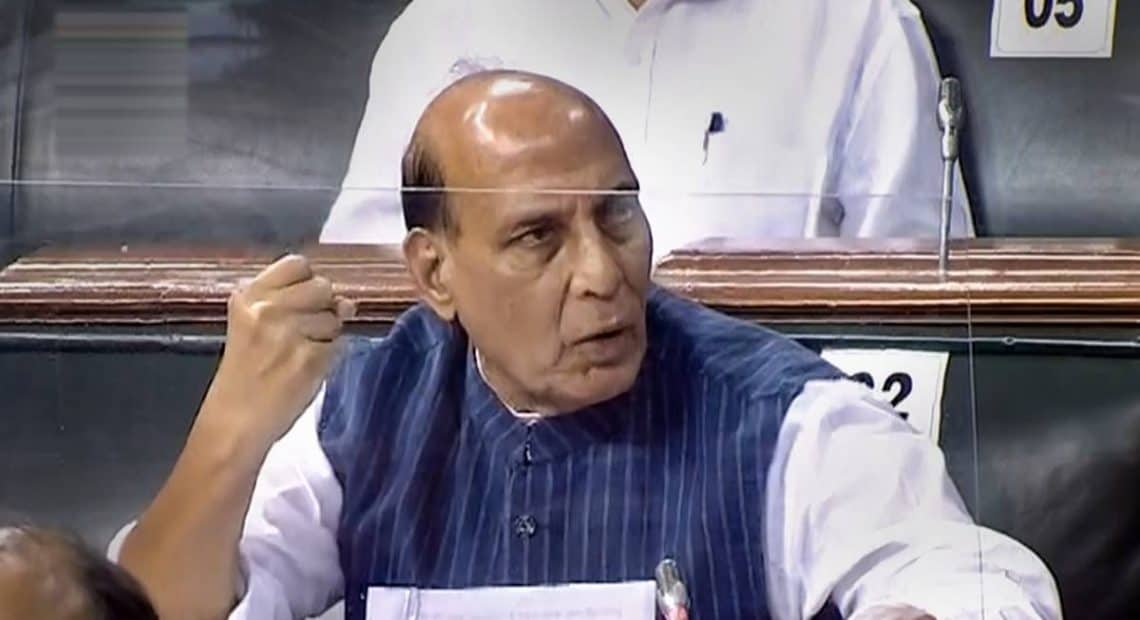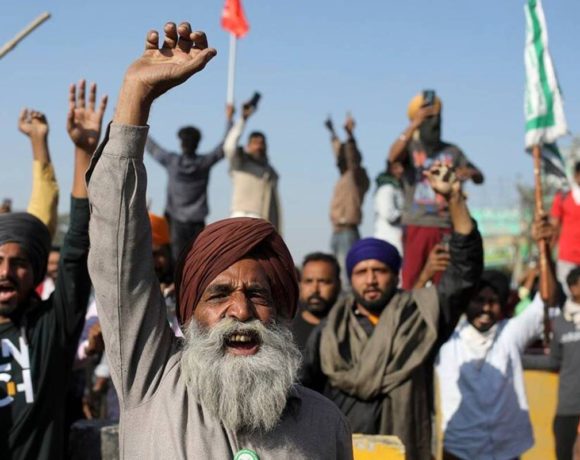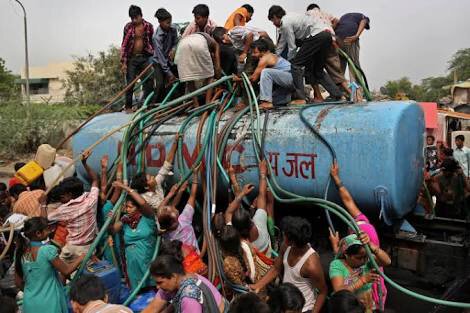

Firmly articulating the country’s position on the tense border row with China in eastern Ladakh, Defence Minister Rajnath Singh on Tuesday said Beijing has been very clearly conveyed that any attempt to “unilaterally” change the status quo along the Line of Actual Control is not at all acceptable, and that India’s armed forces are ready to deal with “all contingencies” in the high-altitude region.
Making a statement in Lok Sabha, Singh said he would not hesitate to share that India is facing a “challenge” in Ladakh but at the same time added that the House should have “full confidence” that the armed forces will always rise to the challenge and make the country proud.
“I will not hesitate to share with this august House that we are facing a challenge in Ladakh and I urge the House to pass a resolution in support of our armed forces who have been defending our motherland at great heights and most inclement weather conditions,” he said.
Referrin to the Galwan Valley clashes of June 15, the defence minister said Indian soldiers “inflicted costs including casualties on the Chinese side.”
Singh also referred to his talks with the Chinese defence minister on the sidelines of a multilateral meet in Moscow recently, and said it was made clear to him that though India wants to resolve the row peacefully, there should be no doubt about its determination to protect its sovereignty and territorial integrity.
“I conveyed in clear terms our concerns related to the actions of the Chinese side, including amassing of large number of troops, their aggressive behavior and attempts to unilaterally alter the status quo that were in violation of the bilateral agreements,” he said.
The defence minister said amassing of the troops by China and violent conduct of Chinese military were in violation of all mutually agreed norms and pacts.
“A key element of both the 1993 and the 1996 Agreements is that the two sides will keep their military forces in the areas along the Line of Actual Control to a minimum level,” he added.
Singh also talked about the five-point agreement reached between External Affairs Minister S Jaishankar and his Chinese counterpart Wang Yi in Moscow on September 10 and said: “if implemented sincerely and faithfully by the Chinese side, it could lead to complete disengagement and restoration of peace and tranquility in the border areas.”
On Galwan Valley clashes, he also said the Chinese side “created” a violent face off and “our brave soldiers laid down their lives and also inflicted costs including casualties on the Chinese side.”
Twenty Indian Army personnel were killed in the clashes which have significantly escalated the tensions between the two countries.
“I want to tell you that I have felt their indomitable courage, gallant and valor. As you are aware that Col Santosh Babu, along with his 19 brave soldiers, made the supreme sacrifice in the cause of defending the territorial integrity of India,” he said.
The Chinese side too suffered casualties, but it is yet to give out the details.
“The conduct of our armed forces throughout these incidents shows that while they maintained ‘Sayyam’ (self-control) in the face of provocative actions, they also equally displayed ‘Shaurya’ (courage) when required to protect the territorial integrity of India,” he said.
The defence minister said the Chinese side had taken action to “hinder” the normal, traditional patrolling pattern of Indian troops in the Galwan Valley area which resulted in the face-off.
“Even as this situation was being addressed by the Ground Commanders as per the provisions of our bilateral agreements and protocol, in mid-May the Chinese side made several attempts to transgress the LAC in other parts of the Western Sector,” he said.
This included Kongka La, Gogra and North Bank of Pangong Lake and that the attempts were detected early and consequently responded to appropriately by the armed forces.
“I would like the House to join me in recognizing the courage and valour of our soldiers, who undergo immense hardship in the most difficult conditions to keep us all safe and secure,” Singh said.
The defence minister said India made it clear to the Chinese side both through diplomatic and military channels that attempting to unilaterally alter the status quo was unacceptable.
He also said that China continues to be in “illegal occupation” of approximately 38,000 sq. kms in the Union Territory of Ladakh.
In addition, under the so-called Sino-Pakistan ‘Boundary Agreement’ of 1963, Pakistan illegally ceded 5,180 sq. km. of Indian territory in Pakistan-occupied- Kashmir to China.
He said China also claims approximately 90,000 sq. kms. of Indian territory in the eastern Sector of the India-China boundary in Arunachal Pradesh.
The defence minister said the Chinese side has mobilised a large number of troops and armaments along the LAC as well as in the depth areas, adding there are several friction areas in eastern Ladakh including Gogra, Kongka La and North and South Banks of the Pangong Lake.
“In response to China’s actions, our armed forces have also made appropriate counter deployments in these areas to ensure that India’s security interests are fully protected,” he said.
The defence minister also provided a historical perspective of the dispute, noting that China does not accept the customary and traditional alignment of the boundary between the two countries.
“We believe that this alignment is based on well-established geographical principles confirmed by treaties and agreements, as well as historical usage and practice, well-known for centuries to both sides,” he said.
“The Chinese position, however, is that the boundary between the two countries has not been formally delimited, that there exists a traditional customary line formed by the extent of jurisdiction that they claim was exercised historically by each side, and that the two sides have different interpretations of the position of the traditional customary line,” he said.
Singh said the two countries had engaged in discussions during the 1950s-60s but these efforts could not yield a mutually acceptable solution.
After the defence minister’s statement, the Congress wanted to raise certain issues which was not allowed by Speaker Om Birla. Unhappy with this, Congress walked out of the House.


















